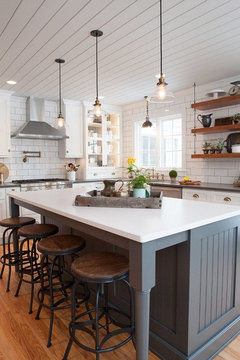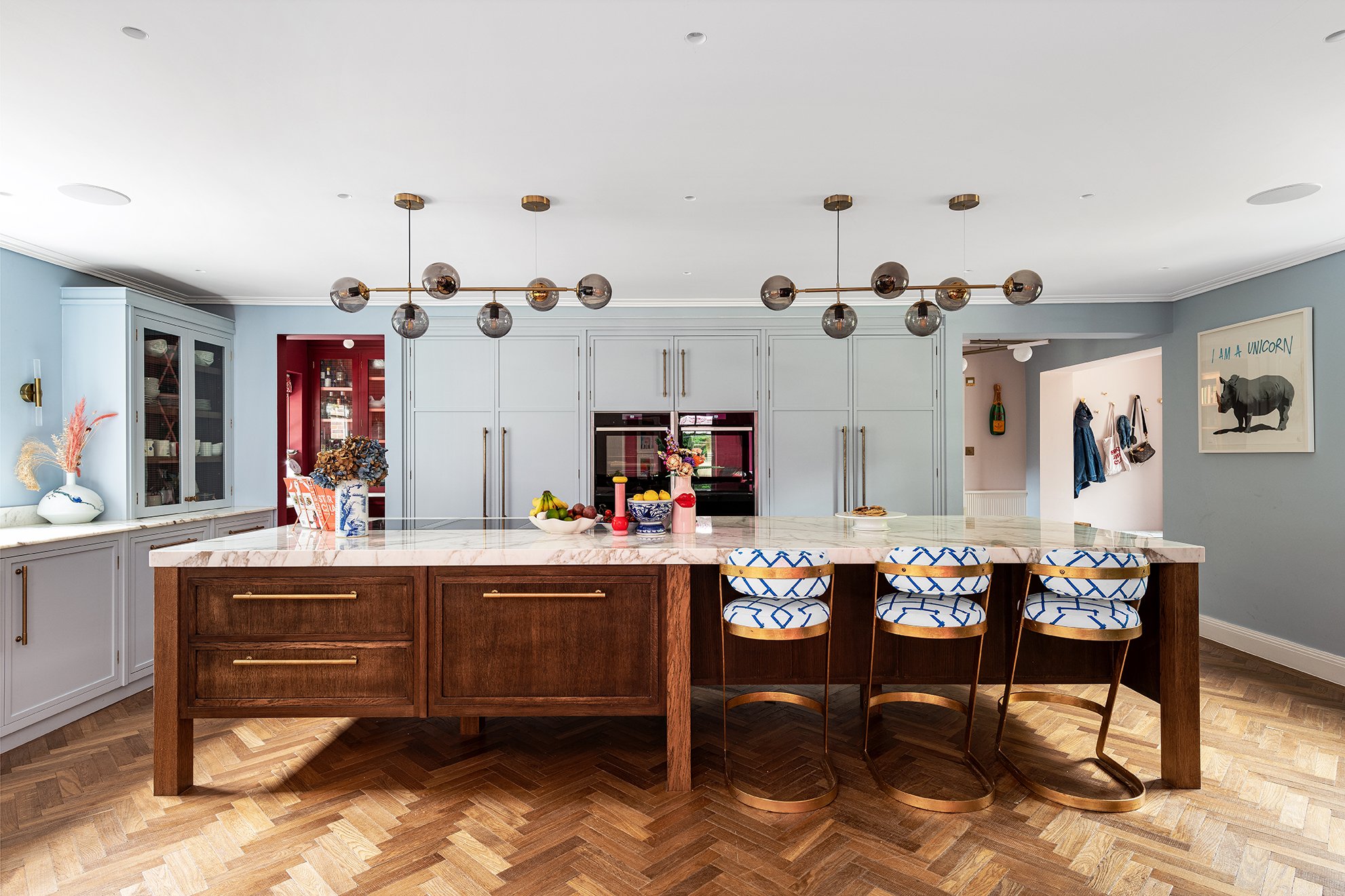Transform Your Kitchen with Beautiful Kitchen Island Legs
Transform Your Kitchen with Beautiful Kitchen Island Legs
Blog Article
Important Tips for Selecting the Perfect Table for Your Kitchen
Picking the excellent eating table for your kitchen area is more than just an issue of preference; it demands a thorough understanding of your space and demands. Begin by gauging your readily available room to make certain enough clearance for activity. The form of the table plays an essential function; while rectangular tables match bigger locations, rounded ones foster affection, and extendable choices use versatility. Material choice is equally critical, with woods supplying sturdiness and glass borrowing a contemporary touch. Lastly, the table must integrate with your kitchen's aesthetic appeals and fit your family members comfortably. What various other elements might affect this essential choice?
Action Your Space
Selecting the suitable eating table begins with a careful evaluation of your offered area. This foundational step makes sure that the table not only fits easily within the space however likewise complements the general format and functionality of your eating area.
Think about the circulation of movement around the table. It is necessary to leave appropriate area for chairs to be taken out and for people to move the table without blockage. A basic guideline is to enable at the very least 36 inches of clearance from the edge of the table to the nearest wall surface or furniture piece. This makes certain convenience of accessibility and convenience during meals.
Furthermore, consider the number of people you normally delight and whether you require additional area for guests. Choosing an extendable table can supply adaptability, permitting you to suit differing varieties of restaurants. By properly measuring your space, you lay the foundation for selecting a dining table that boosts both the aesthetics and functionality of your dining location.
Select the Right Forming

On the various other hand, round tables are superb for smaller sized kitchens or intimate gatherings, as they promote conversation by permitting every person to face each other. They also provide a sense of coziness and can fit well in tighter areas because of their lack of sharp corners. Oval tables provide the most effective of both worlds, integrating the size of rectangle-shaped tables with the intimacy of rounded ones, making them functional for numerous settings.
Square tables are another option, specifically suited for square-shaped areas. They create a balanced and modern-day appearance, fostering an equivalent dining experience for all seated.
Product Considerations
When picking an eating table, material considerations are critical in identifying the table's toughness, upkeep requirements, and overall aesthetic. Wood is a traditional option, providing Get More Info timeless appeal and effectiveness.
Glass-topped tables provide a contemporary, streamlined appearance and can make a room show up bigger as a result of their transparency. Nevertheless, they call for constant cleaning to avoid fingerprints and smudges. Additionally, toughened up glass is recommended for its extra strength and security.

Last but not least, composite materials like MDF (Medium-Density Fiberboard) or plywood are budget-friendly options. These materials can imitate the look of strong timber yet might not use the exact same long life. They are generally easier to clean yet can be susceptible to water damage if not properly sealed.
Ultimately, the choice of material ought to line up with your kitchen area's style, your lifestyle requires, and your spending plan constraints. (kitchen island legs)
Seating Ability and Convenience
Just how do you determine the best seating capability and comfort for your eating table? This important step involves examining both the physical space offered in your kitchen and your family's functional demands. Begin by measuring your kitchen location to ensure the table fits comfortably, allowing at read the full info here the very least 36 inches of clearance around it for simple activity. Consider the variety of people who normally dine with each other, as this will influence the table size. For a household of 4, a rectangle-shaped table of 48 inches long or a round table with a 48-inch diameter is usually sufficient.
Convenience is equally necessary. The elevation of the table should ideally be around 30 inches, supplying a well balanced ergonomic position for seated restaurants. Chairs ought to sit elevation of 18 to 20 inches to ensure a comfortable eating posture. Furthermore, think about the chair style; helpful back-rests and upholstered seats can boost dining comfort substantially, particularly during long term dishes.
Style and Aesthetics
Picking a table that matches your style and appearance includes balancing personal preference with the existing design of your eating room. The dining table is commonly the focal point of the kitchen area, and its layout needs to enhance the total motif of the room. Whether your kitchen boasts a modern, minimalist look or a rustic, farmhouse charm, the table you choose need to harmonize with these components to develop a natural and welcoming ambience.
Consider materials carefully; wood uses an ageless appeal and can vary from rich mahogany for a traditional seek to lighter oak for a modern feel. Steel and glass tables, on the various other hand, can introduce a streamlined, industrial side to your kitchen area. Don't forget the table's shape-- rectangle-shaped tables are functional and classic, while round and oblong choices can foster an extra intimate eating experience.
Furthermore, pay attention to information and surfaces. A troubled finish might include character and warmth, whereas a glossy surface can add to a tidy, contemporary aesthetic. Ultimately, your table must not just fit these details perfectly into your kitchen's layout however also mirror your personal style, elevating the room both functionally and aesthetically.
Conclusion
To conclude, choosing the excellent eating table for a kitchen area necessitates mindful examination of space, form, material, seating ability, and visual consistency. Making sure a minimum clearance of 36 inches facilitates comfy movement, while the choice of form boosts spatial dynamics. Material option impacts longevity and design, making it important to straighten with the kitchen's overall aesthetic. Inevitably, a well-chosen eating table cultivates a welcoming atmosphere and suits the household conveniently, hence enhancing the dining experience.

When picking an eating table, material considerations are extremely important in identifying the table's resilience, maintenance requirements, and total aesthetic. For a household of 4, a rectangular table of 48 inches long or a round table with a 48-inch size is usually adequate.
Do not overlook the table's shape-- rectangle-shaped tables are classic and functional, while round and oblong choices can cultivate a much more intimate eating experience. kitchen island legs.
Report this page